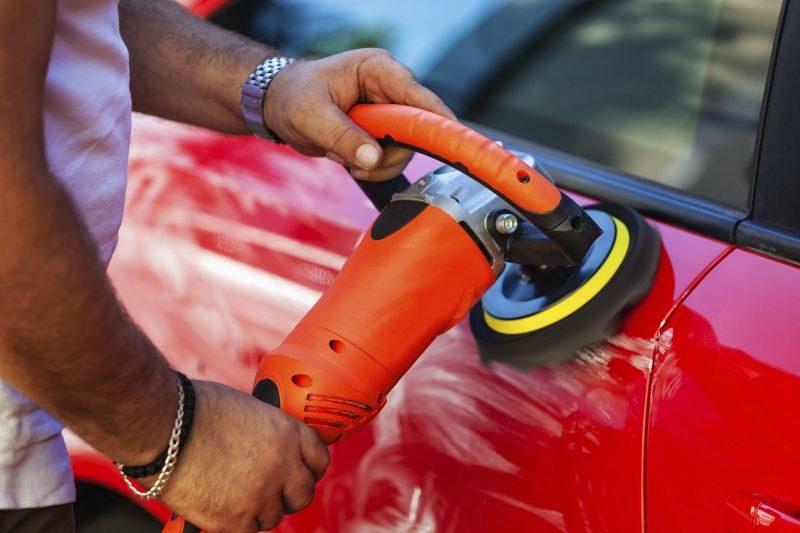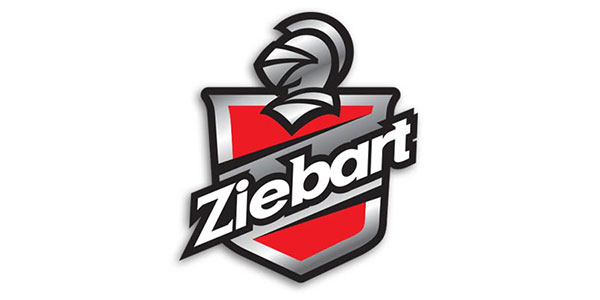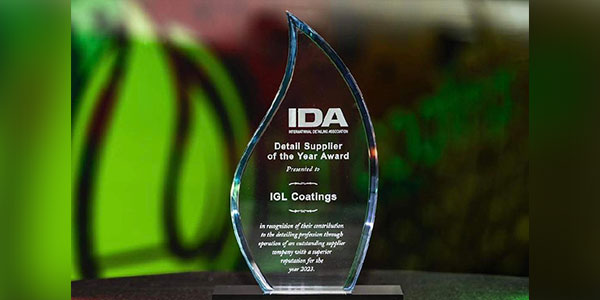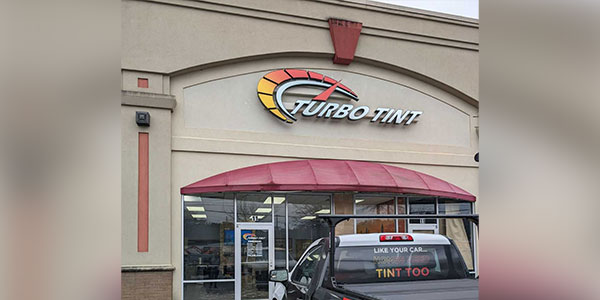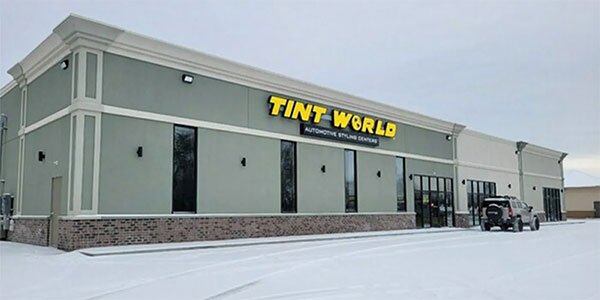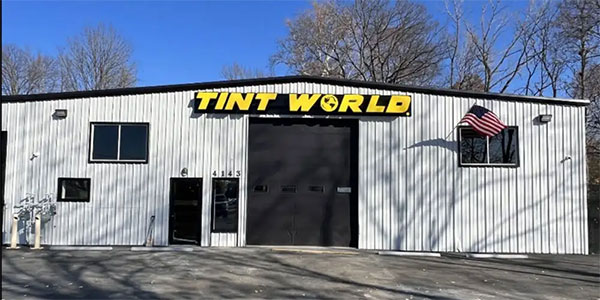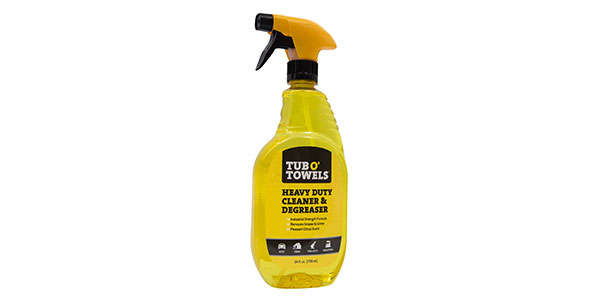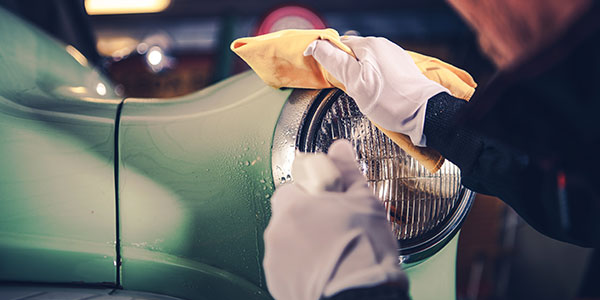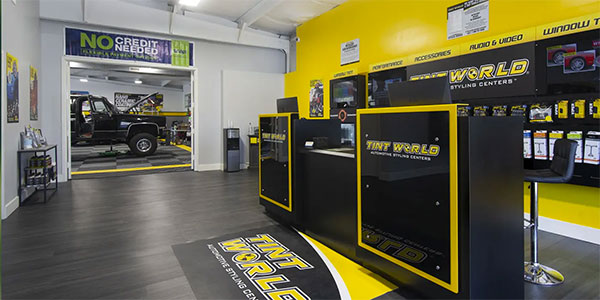There is probably no chemical used in the detail business today that is more misunderstood than waxes and paint sealants. When asked by the editors of Professional Carwashing & Detailing to do a story on these two products, the first thing I did was contact knowledgeable individuals involved in the formulation of these chemical products.
Kim Wilson is a chemist with U.S. Chemical and Plastics and has nearly 30 years of experience in the formulation of chemicals. Dave Phillips is a principal at P & S Sales and in charge of the company’s chemical formulations.
There is no function in our daily lives that does not involve wax. Formulas and variations are used as coatings to beautify, lubricate, laminate, and insulate. And, in detailing, they are used to protect.
The chemical and physical properties of waxes differ and vary. How the waxes are gathered, produced, and refined affects the properties and composition. As well, other ingredients used in the overall formulation affect the properties of true waxes. As a result, the term wax has been erroneously and carelessly used over the years, nowhere more than in the detailing business.
The various kinds of waxes
There are a number of waxes available that can be used to formulate a good automobile wax:
- Vegetable waxes; i.e. carnauba;
- Animal waxes; i.e. bees wax;
- Petroleum waxes; i.e. paraffin and microcrystalline.
- Mineral fossil waxes; i.e. montan;
- Synthetic waxes; i.e. ethylene polymers.
When considering a formulation, chemists consider the waxes’:
- Hardening characteristics;
- Melting point;
- Water repellency; and
- Resistance to breakdown.
Most waxes will provide protection and shine for no more than 60 days, under the best conditions.
What is the best wax?
According to the chemists, when it comes to wax, there is no real advantage of one form over the other. Which form is chosen has to do with what the formulator is trying to achieve:
- • A low cost;
- Ease of application and/or removal;
- Emulsification properties;
- Protection; and/or
- Gloss.
Actually, there is no difference between hard pastes, creams, or liquids if we are talking about true car waxes. Given the formula has a high percentage of wax; the form does not affect the product.
However, some spray waxes or fast waxes on the market have small amounts of wax and silicone in them so they offer very little protection and have little durability. Most retail, off-the-shelf products have very little wax and are loaded with abrasives, evidenced by the powdery residue present upon drying.
Sealant vs. wax
Since the term “paint sealant” hit the market, there has been a great deal of misinformation disseminated on the product. Some believe many of the manufacturers or marketers of paint sealants do this intentionally.
For those of us in the detail business there must be a clear distinction between these two protection products. You need the information in order to convey to your customers honest information. You know why a wax is a wax and what it will do with regard to protection and shine. The remainder of this article will provide you with similar information on paint sealants.
A sealant is something that seals. But if a wax seals, is it also a sealant? Technically yes, but typically sealing is not one of the requirements of a wax product.
Sealants may have wax in their formulation but because of the other ingredients; they are more than just a wax. If a wax has some of these other ingredients in its formulation then it is properly not a wax, but a paint sealant.
A paint sealant for the detailer is any product that forms some sort of cross-linking film over the surface of the paint that forms a durable barrier on the surface that will last for a considerable length of time.
What does a sealant contain?
Like waxes, sealants can include in their formulation solvent, wax, water and amino functional silicone fluids held in suspension by emulsifiers. They can take the form of creams and liquids.
You also will see ingredient terms like polymer and resins, or polymer-resins. These are marketing buzzwords.
The polymer
Wilson defines a polymer as a macromolecule formed by the chemical union of five or more identical combining units called monomers. Silicones and resins can be generalized as polymers. The list of polymers available to chemical formulators is practically endless.
Phillips also defines a polymer for us in the simplest descriptive sense: “Poly” meaning many and “mer” meaning unit. So, any chemical that consists of endless repeating identical units is a polymer.
Examples of polymers include polyethylene, polyurethane, and polytetrafluoroethylene. For example, polyethylene is simply many units of ethylene.
In the detail chemical business, the word polymer is the single most abused word you will find. For example, most of the thickeners used in detail products are polymers, which make it suspiciously easy to put the words “contains space-age polymers” on the bottle.
What is a resin?
Wilson defines resin as a semi-solid or solid complex amorphous mix of organic compounds; animal, vegetable, or synthetic (man-made).
According to Phillips, the chemical dictionary definition is so broadly used it has almost become meaningless. It is a catch-all term. To be specific, resin is a polymer that melts or is soluble in specific solvents. In some cases, the material used to make a plastic is a resin. If you see the term resin on the label of detail product how do you know what it means? The answer is: You don’t. In short, the use of resin, polymer, etc. is marketing jargon.
Silicone fluids
Silicone fluids are a relatively short chain inorganic polymer called polydimethyl siloxane. (Note the prefix “poly” before dimethyl siloxane.) Technically, a silicone is a polymer. So, to see the word polymer on a sealant label could mean anything as the definition becomes clearer to us.
The properties of silicone fluids range from very thin, volatile liquids that look and feel like petroleum solvents to very thick and heavy liquids that look like clear honey. The only difference between a thin and thick silicone fluid is the number of units in the dimethyl siloxane chain.
Almost all waxes and sealant products have some type of silicone fluids in them to provide shine and durability.
The amino-functional silicones
These are silicone fluids that have been slightly modified. The polymer content is different. The amino portion of the amino-functional silicone is what causes the silicone to crosslink and physically attach to the paint surface.
This cross-linking capability is what makes a paint sealant more durable than a wax. Typically, waxes only include standard silicone fluids. Therefore, they are not as durable as a paint sealant.
What is teflon®?
Teflon® is a trade name of DuPont Chemicals for a polymer, polytetrafluoroethylene (PTFE). In spite of what some detail chemical companies may say, Teflon is a polymer that is not well suited for use in a paint sealant or wax because of several properties unrelated to its durable slippery nature.
Teflon is a powder that melts at 600° F or dissolves in fluorinated solvents such as Freon. Those are the only known ways to liquefy Teflon. If it cannot be made into liquid, it cannot coat or stay on a surface.
Can wax be put over a sealant?
Yes, if you have allowed the sealant to air dry for a few hours to let the cross linking molecules form. But why do it? The only possible reason would be to fill the spider scratches and possibly increase the depth of the shine on a black or dark car.
So which is better, a wax or a sealant? If you are looking for durability, then a sealant must be your choice. The best waxes will last maybe 50-60 days, tops. A paint sealant will last up to six months under the best conditions.
From a shine point of view, a wax might provide a deeper shine on a dark car because of the greater oil content. This is not to say that a sealant will not shine.
Personally, I prefer a paint sealant. Why? It goes on faster, comes off easier, and lasts longer. There is more value for the motorist and it is easier for the detailer to use. In some instances, you can put a coat of good wax over the sealant if you want to fill in spider line scratches on the paint. So, my conclusion is that a paint sealant is a better product to use than a wax in most instances.
R.L. “Bud” Abraham is president of Detail Plus Car Appearance Systems, Portland, OR, and a nearly 40-year member of the car care industry. He is also a member of the Western Carwash Association Board of Directors.Abraham can be contacted at [email protected].

